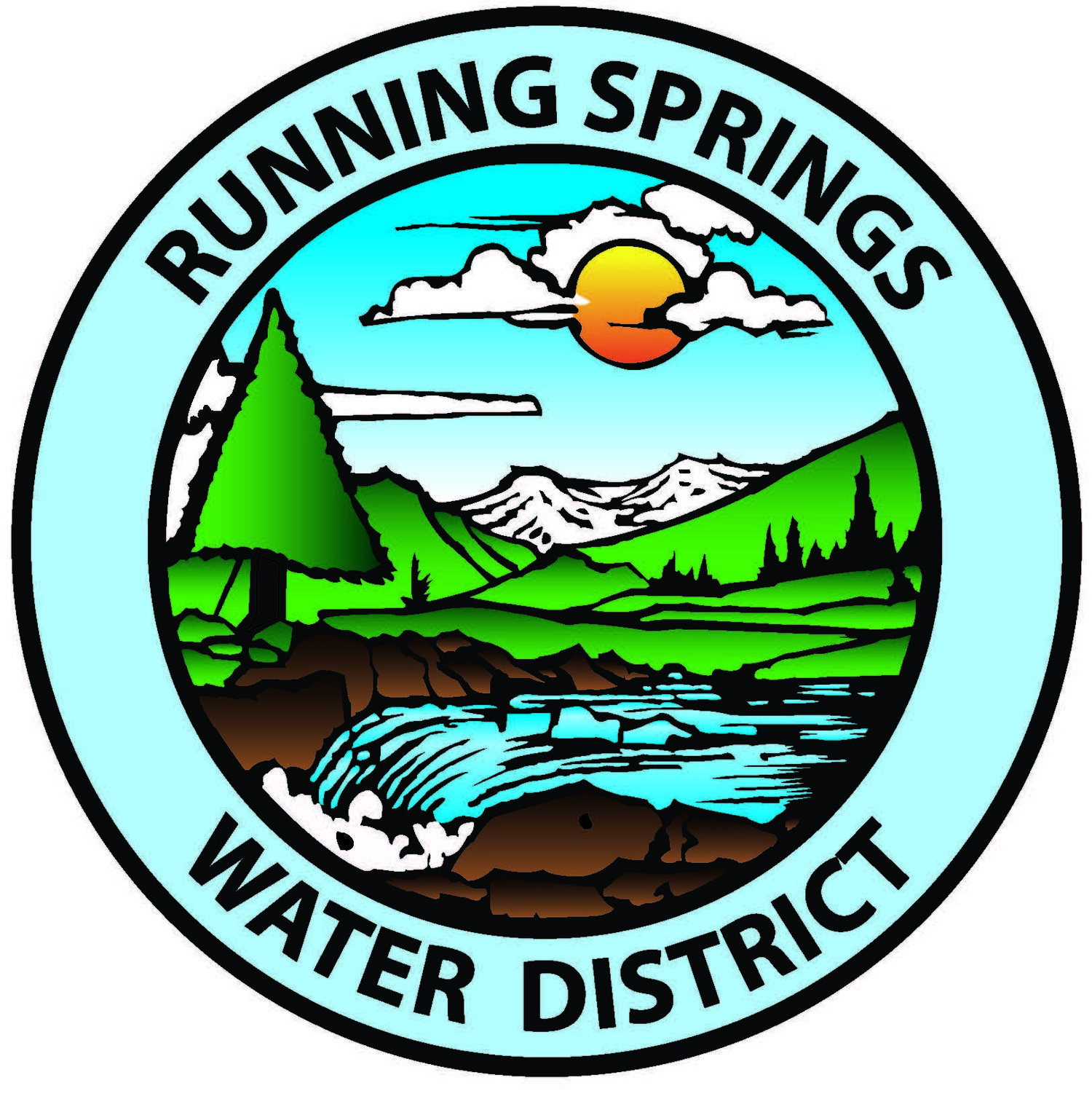Depts & Services:
District Wastewater Service
District Wastewater Department
The Wastewater Department of the District was formed in September 1968. The District's water pollution control program was created as the result of a state mandated water quality control program. The program ensures that the quality of the water discharged into the watersheds adjoining the District boundaries complies with all public health and environmental protection requirements. The District's treatment plant was designated to serve as a regional facility by the State Water Resources Control Board and presently provides wastewater treatment and disposal service for the communities of Running Springs, Arrowbear Lake, Green Valley Lake, Snow Valley and adjoining areas. The District's Wastewater Department presently operates a 1.0 Million Gallons per Day (MGD) Membrane Bio-Reactor (MBR) Plant with advanced tertiary treatment. The facility includes a solids handling system built in 1989. The District also maintains an effluent disposal site within the San Bernardino National Forest consisting of 13 percolation and evaporation ponds, and seven acres for spray irrigation. Finally, the District has four additional acres of green belt irrigation within the facility boundaries.
Initial Wastewater Treatment Facilities
The District's Wastewater Department formation and originally constructed facilities, including a wastewater treatment plant and a wastewater collection system, were necessary due to public demand for wastewater service and a state imposed moratorium that stated no wastewater could be discharge above the 3000 foot elevation, on the north side of the mountain. The type of treatment plant originally constructed in 1970 was a package plant with all processes for wastewater treatment included in one large tank.
1980 Upgrade of Facilities
Later, in 1980, with an increasing population, there was a need for increased wastewater treatment capacity as well as a need to update the treatment technology. During this period, a conventional activated sludge type treatment plant was constructed. This plant had two aeration tanks for biological treatment of the wastewater and two vacuum clarifiers for physical removal of settle able and floating materials.
Current Water Reclamation Plant
In 1999, the United States Forest Service (USFS) advised the District of the need to upgrade the wastewater treatment plant operation in order to meet requirements for discharging treated wastewater into the effluent ponds and spray irrigation area located on national forest land. In response, the District developed a plan to comply with the USFS requirements. This plan to upgrade the treatment process was developed in conjunction with the USFS, the Santa Ana Regional Water Quality Control Board, the Department of Health Services and other pertinent agencies and parties. The treatment process selected to meet the USFS requirements was a Kubota Flat Panel Membrane Process. This included a Membrane Bio Reactor (MBR) with full nutrient removal and disinfection. The District entered into a design build contract with construction contractor Gierlich-Mitchell in 2001. Initial construction was completed in 2003.
The plant has been in operation since that time, with several major improvements installed from 2004 through 2008. The total cost of the project was $3.3 million. This amount was funded in part by District reserves with the balance financed by a low interest rate loan from the Clean Water State Revolving Fund (CWSRF) loan program. The Running Springs Water District, Arrowbear Park County Water District, and Green Valley Lake-County Service Area 79 have each paid their proportionate share of the cost of constructing the facility. These three public entities also pay a proportionate share of the cost to operate, maintain, and further improve the facility. In the upgraded facility, the aeration tanks were converted to MBR basins. These are holding tanks containing the flat panel membrane units which allow for a regular and consistent flow of wastewater for biological treatment and physical filtration. In addition, one clarifier was converted to a combined flow equalization tank and denitrification tank where nitrite and nitrate in the wastewater are reduced to nitrogen gas.
The other clarifier was converted to an anaerobic tank for biological phosphorus removal. An additional UV Disinfection System was constructed for the plant. Other improvements constructed include: conversion of a portion of the old package plant facilities to a flow equalization basin, conversion of another portion of the package plant to a sludge digestion and thickening unit, and installation of improved pretreatment screening.
At present, the plant services about 5,000 sewer connections, producing an average daily flow of about 500,000 gallons per day. This cutting edge MBR process technology has enabled the District to meet and exceed all permit requirements of the Santa Ana Regional Water Quality Control Board and the USFS. The treated wastewater is brought to near drinking water quality.
A portion of the final effluent is sent to a group of ponds on USFS property. The balance of the effluent is used for irrigation of the green belt section of land surrounding the Water Reclamation Plant. The bio solids or sludge from the facility are thickened and digested then dewatered in the belt filter press. Processed bio solids are then trucked to a recycling facility in Mecca, California where they are mixed with green waste, such as lawn clippings, tree trimmings, etc. and made into fertilizer. The District's Wastewater Department is managed by Operations Manager Trevor Miller. The Wastewater Reclamation Plant operation is supervised by Operations Manager, Trevor Miller, and operated by Wastewater Treatment Operators, Tom Shoopman, Nick Nikas, and Jacob Black.
